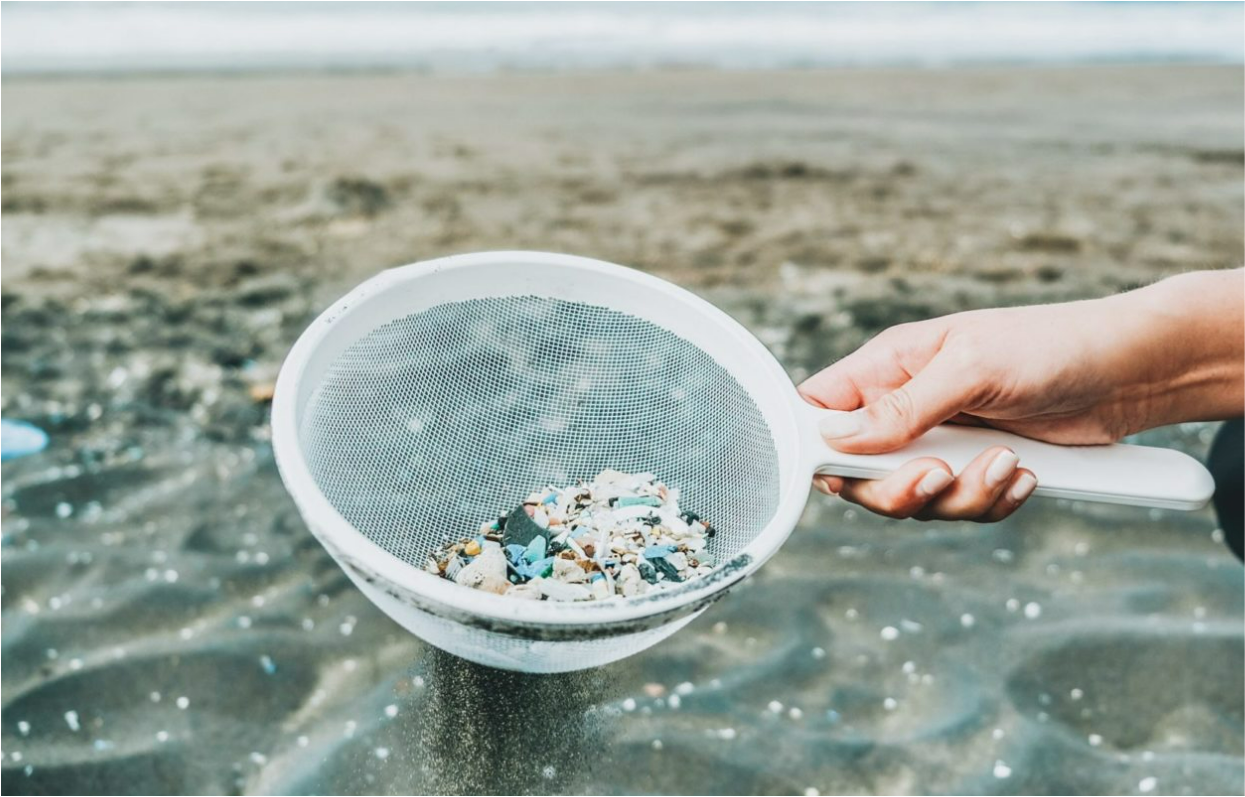
According to a new study, pollutants such as microplastics may be causing growth defects in fish in the Cauvery River, including skeletal deformities. Upendra Nongthomba, professor in the Department of Molecular Reproduction, Development, and Genetics (MRDG) at the Indian Institute of Science, led the study, which was published in the journal Ecotoxicology and Environmental Safety.
"I've always loved going to the Krishna Raja Sagara [KRS] dam's backwaters and eating fried fish on the Cauvery riverbank," he said. However, he has recently noticed physical deformities in some of them, he said. He wondered if the water's quality had something to do with it.
"Water is necessary for all living things, including animals and plants. When it becomes contaminated, it can cause diseases like cancer," said Abass Toba Anifowoshe, a Ph.D. student in Nongthomba's lab and the study's first author.
Nongthomba's lab conducted a thorough investigation into pollution at the KRS Dam and its potential consequences for fish. They took water samples from three different locations with different water flow speeds – fast, slow, and stagnant – because water flow speed is known to affect pollutant concentrations.
The only exception was dissolved oxygen (DO), which was much lower than it should have been in samples taken from slow-flowing and stagnant sites. Microbes like Cyclops, Daphnia, Spirogyra, Spirochaeta, and E. coli were found in the water from these sites, which are well-known bio-indicators of water contamination.
The researchers used Raman spectroscopy to detect microplastics, which are tiny pieces of plastic that are often invisible to the naked eye, as well as toxic chemicals with the cyclohexyl functional group (a functional group refers to atoms in a compound that determine its chemical properties).
Chemicals containing the cyclohexyl group, such as cyclohexyl isocyanate, are commonly used in agriculture and the pharmaceutical industry, and microplastics can be found in a variety of household and industrial products.
Nongthomba's team looked into whether pollutants in water could be to blame for the developmental abnormalities seen in wild fish in the second part of the study. They used water samples collected from the three sites to treat zebrafish embryos and discovered that those exposed to water from the slow-flowing and stagnant sites had skeletal deformities, DNA damage, early cell death, heart damage, and increased mortality.
Even after microbes were removed, these defects remained, implying that microplastics and cyclohexyl functional groups are to blame for the fish's ailments.
In the cells of the fish that developed abnormally, the researchers discovered unstable molecules called ROS (Reactive Oxygen Species). ROS build-up has been shown to damage DNA and affects animals in ways similar to those observed by Abass and Nongthomba in fish treated with water from slow-flowing and stagnant sites.
Other research has found that microplastics and chemicals with the cyclohexyl group cause a reduction in DO, which causes ROS accumulation in animals such as fish.
According to the IISc, a recent study from the Netherlands found that microplastics can enter the bloodstream of humans. "While the concentrations we've reported may not be alarming for humans just yet," Nongthomba added, "long-term effects can't be ruled out." He did admit, however, that before they can answer the question definitively, they need to figure out how microplastics enter and affect the host. "This is something we're working on right now," he said.
















